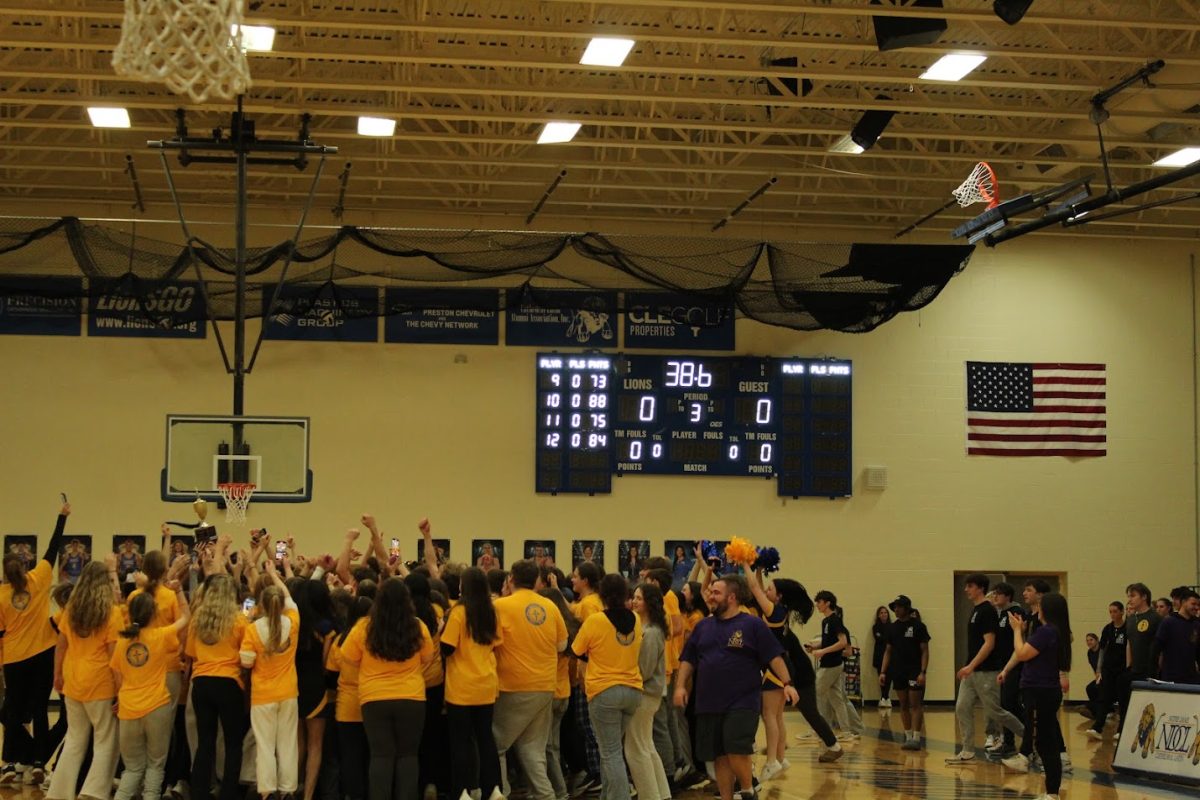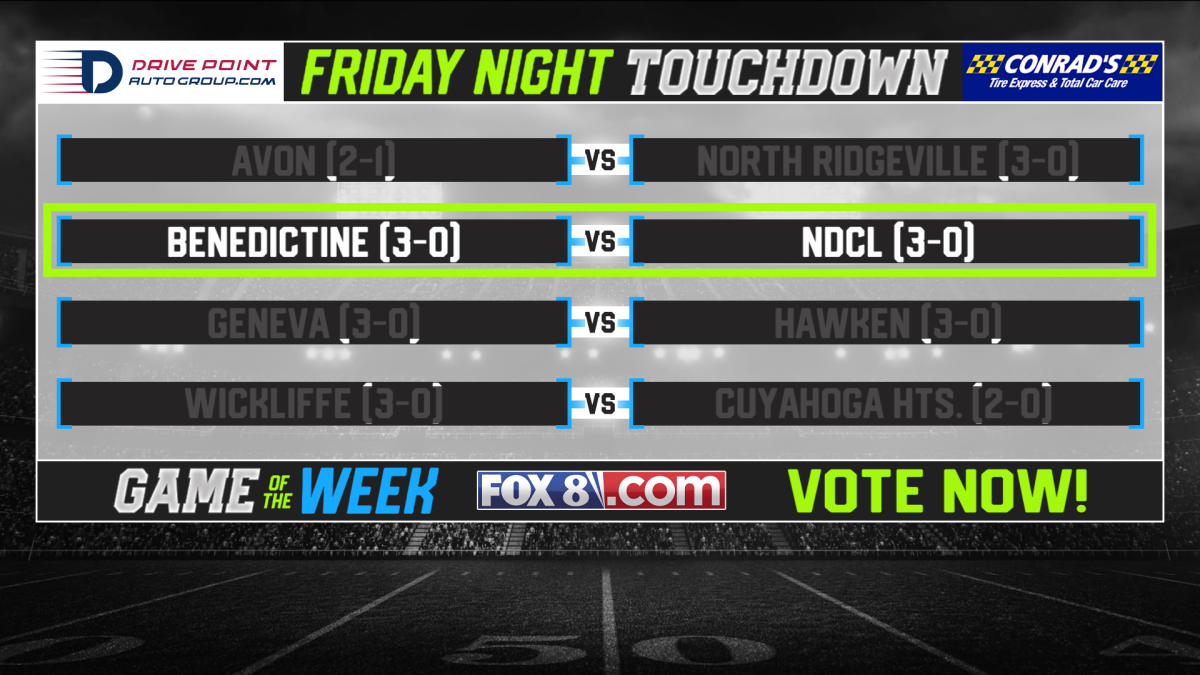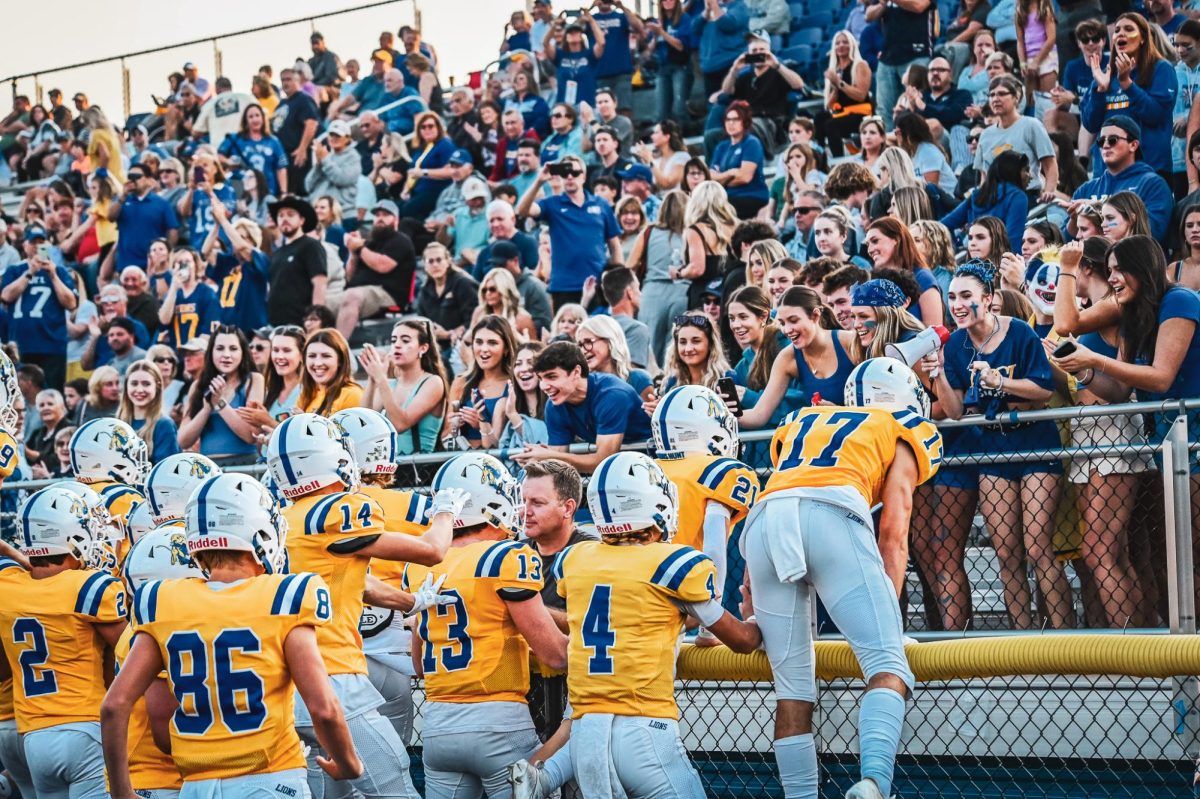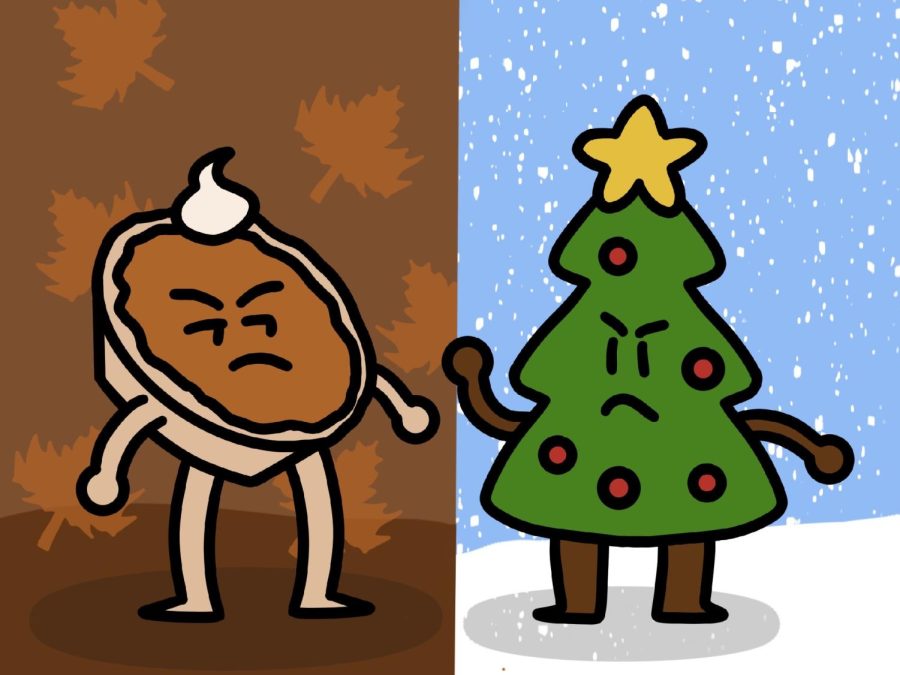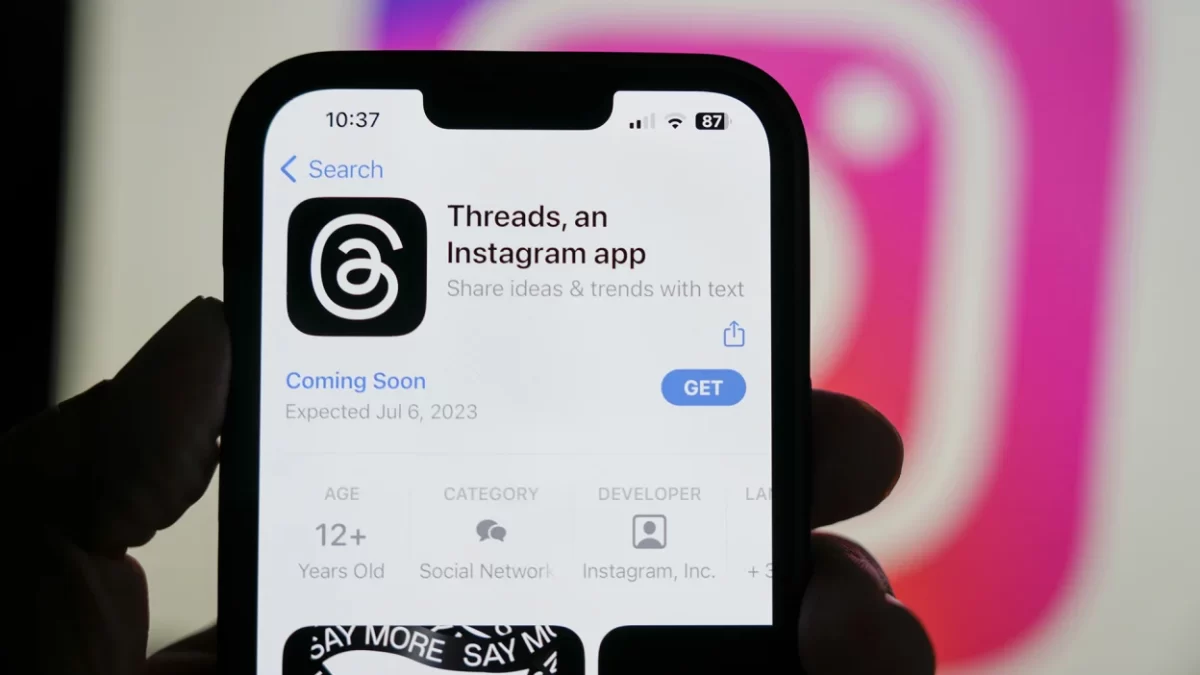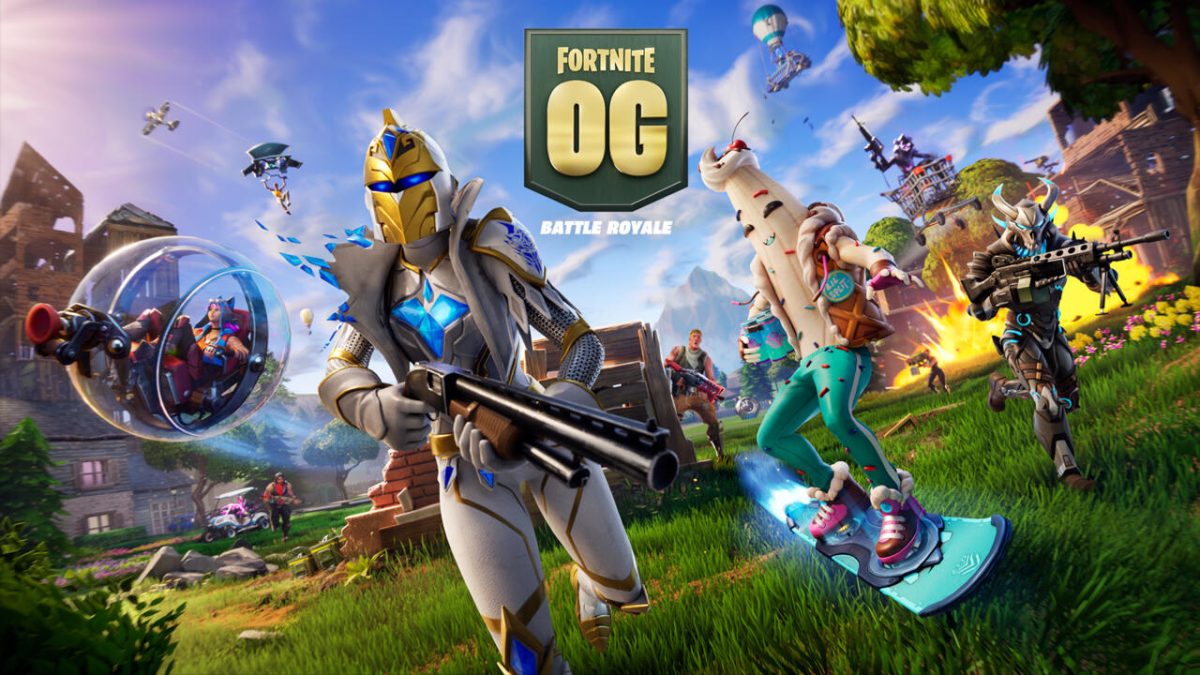We often reminisce on the memories of our childhood with bittersweet longing. We recall playing carelessly, laughing until we were out of breath, and going about life without a single worry or responsibility. While it is fun to look back on these days, we, of course, know that they will never return. No matter how long you search your memory or how hard you ponder, it remains encapsulated in the atheneum of time. But imagine the euphoria you would feel if you could actually relive these memories…
Astoundingly, long-time enthusiasts of Epic Games’ Fortnite were able to experience the closest possible thing to time travel when the game’s renowned Season 5 was reintroduced to the game last weekend.
My regarded compatriots adorned in blue and gold, it is with immeasurable pleasure that The Mane announces the much-anticipated return of OG Fortnite! On Friday, Epic Games, the creator of Fortnite, officially announced that Fortnite’s primary game mode, “Battle Royale,” would return to a specific phase of its initial “Chapter 1” map. In addition to the playable area, the loot pool would also revert to its pre-pandemic state.
For context, over the course of 5 years, Fortnite has been through 26 seasons of gameplay, divided into 4 chapters that range from 4 to 10 seasons each. Typical seasons have a duration of roughly 80 days (about 2 and a half months) or so. Each new season brings changes to the loot pool, an accessible array of weapons and items, as well as changes to the playable map. Most importantly, Fortnite’s seasons and chapters are loosely guided by a storyline that began only shortly before Chapter 1, Season 5.
You may wonder, why is the return of this specific season significant? Throughout the game’s 27 seasons, Epic introduced many changes to the map, loot pool, and game mechanics. These superfluous tweaks eventually drove many players away from the game. A significant portion of Fortnite’s initial playerbase criticized the game’s transition from its infancy, one of simplicity and honesty, towards a faster-paced, less-intentional, and increasingly-corporate game style. Furthermore, as those same players grew older, they felt as if the game had left them behind and was now pandering to a younger, more retentive audience with deeper parental wallets. As these former players began graduating from middle school and transitioning into working-age teenagers and adults, they felt that the game that once felt so natural no longer included them. By this point, Fortnite had morphed from an innocent 100-player Battle Royale to a multi-billion-dollar for-profit product. Players began complaining that Fortnite was now nothing more than a bloated advertisement with strange media crossovers and confusing mechanics that had no other purpose than to squeeze every dollar out of a player’s pocket. In fact, Epic Games was sued in September for predatory advertising of in-game cosmetics. The settlement towards players totaled $245 million, all of which is free to claim if you were a victim of the alleged dark patterns Epic engaged in using.

So, how exactly did a decaying game with a tarnished reputation manage to achieve mainstream relevancy? Well, from the looks of it, the decision by Epic Games was actually rather simple. From the perspective of a player who noticed the slow downfall of Fortnite, the decision to revert to its 2018 phenotype was a rather predictable one. And from a business perspective, this decision has the capability to generate millions of dollars with ease. Nostalgia is a strong drug, and prior to the announcement of this decision last week, many speculated that Epic would eventually use this card in their roster as a form of damage control during a rough patch in development. By catering to both the nostalgic rose-tinted lens of millions of gamers and to many popular complaints among the modern community, Fortnite seems to have entered a second heyday.
The launch of “Season OG” has unsurprisingly shattered a plethora of records. On Saturday, Fortnite announced on Twitter that it welcomed “44.7 MILLION players… and 102 MILLION hours of play.” For further context, that’s just over 11,600 years of playtime. Even more impressive is Fortnite’s new all-time concurrent player count of 6.2 million players. To put it another way, imagine the entirety of Maryland playing Fortnite at once…
To date, Fortnite has generated $26 billion in total revenue, and it’s a safe estimate that Fortnite could have generated tens of millions of dollars over the weekend alone.
It’s no doubt that in its current state, Fortnite will continue to prosper–at least until “Season OG” comes to a close at the end of the month. But regardless of what comes after the conclusion of this chapter, it is important for gamers to realize what has occurred in this moment. There now exists the ability for anyone to re-experience their most cherished childhood memories, nearly half a decade later.
Shewale, R. (2023, October 21). Fortnite Statistics In 2023 (Active Players, Revenue & More). https://www.demandsage.com/fortnite-statistics/
In-Text Citation: (Shewale, 2023) (1)
Erskine, D. (2023, November 6). Fortnite sets record player count with OG season. Shacknews. https://www.shacknews.com/article/137680/fortnite-chapter-og-player-count
In-Text Citation: (Erskine, 2023)



